72 Hours Guide: Things To Do In Edinburgh
Edinburgh-based author, Alexander McCall Smith once said, Edinburgh is “a city so beautiful it breaks the heart again and again,” while Harry Potter Star, Alan Rickman, proclaimed, “I always feel that when I come to Edinburgh, in many ways I am coming home.” For me, both statements are true as the Scottish capital, draped across seven volcanic hills, is a city that defies imagination with its beauty, medieval charm, world-class tours and innately Scottish architecture. No matter what time of year, Edinburgh – otherwise known as Auld Reekie – begs to be explored, and you could wander the Royal Mile, go underground at Mary King’s Close or marvel at the cutest cottages in the city. To do all this, three days is the minimum time required, and I’ve put together a list of the best things to do in Edinburgh so you can make the most of your time here!
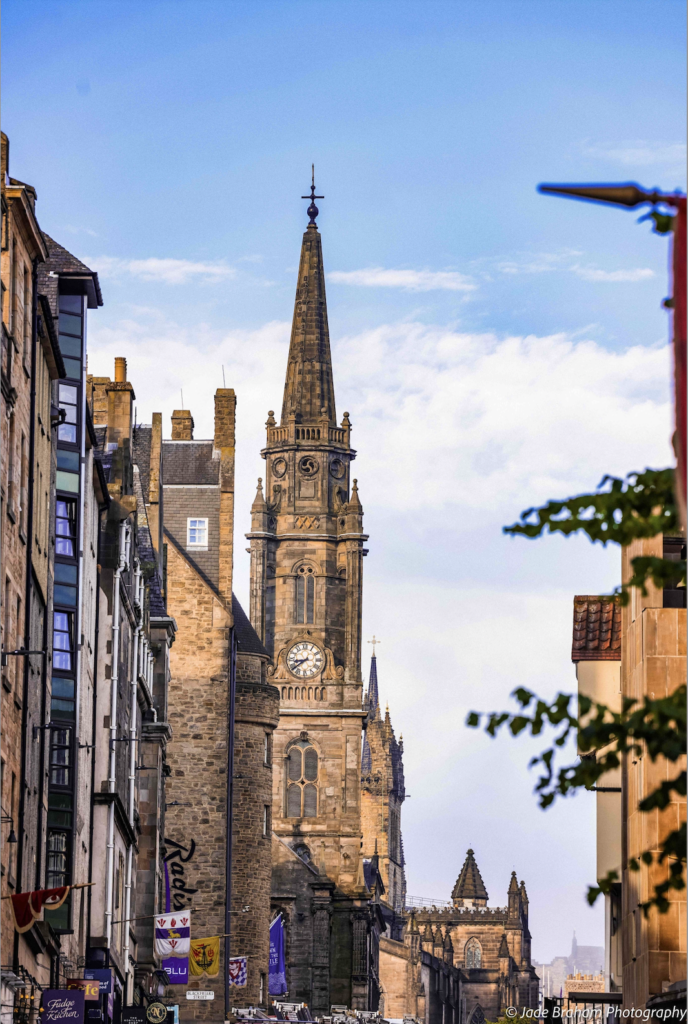

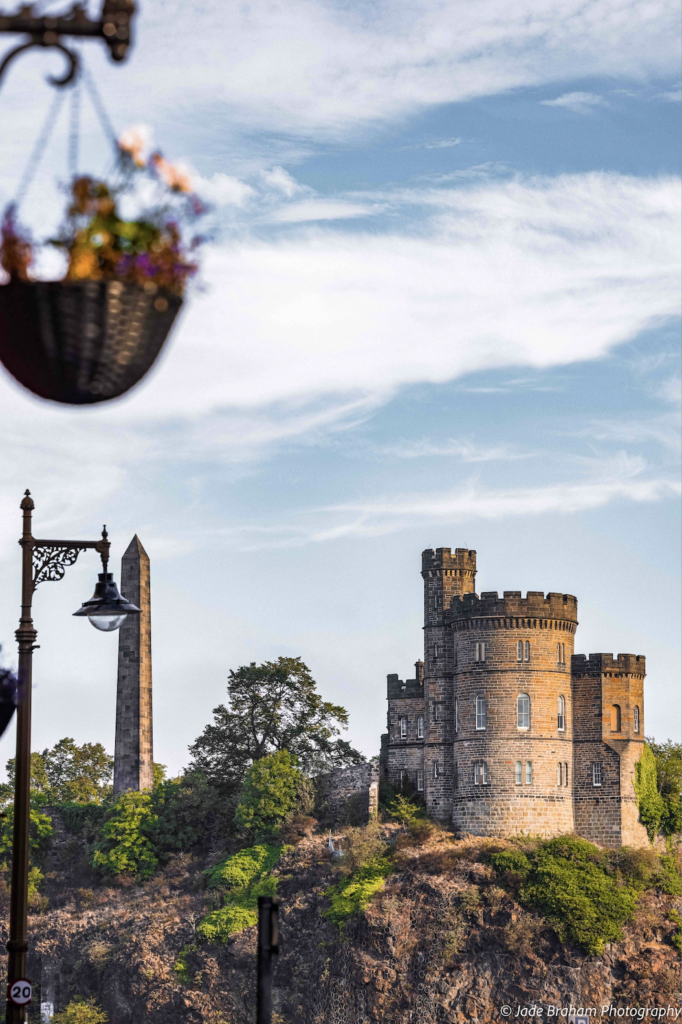
How to Get to Edinburgh
Whether you’re visiting for a day or three, Edinburgh is easily accessed by road, train, bus and plane. If you’re coming from Manchester, Newcastle, Glasgow or Liverpool, the easiest way to get to Edinburgh is by train. Check out the National Rail website for available trains.
From further afield, flying is the fastest and cheapest way to get to Edinburgh, and there are many airlines flying here, including Delta Airlines, United Airlines, British Airways, Easyjet, Jet2, and more. From Edinburgh Airport, hop on the tram (directly outside arrivals) and this will take you to Edinburgh city centre. The trams depart every seven minutes between 7 am and 7 pm.
There are also numerous coach companies travelling between Edinburgh and other British cities. Check the National Express, Megabus and Citylink to see which coach is closest to you.
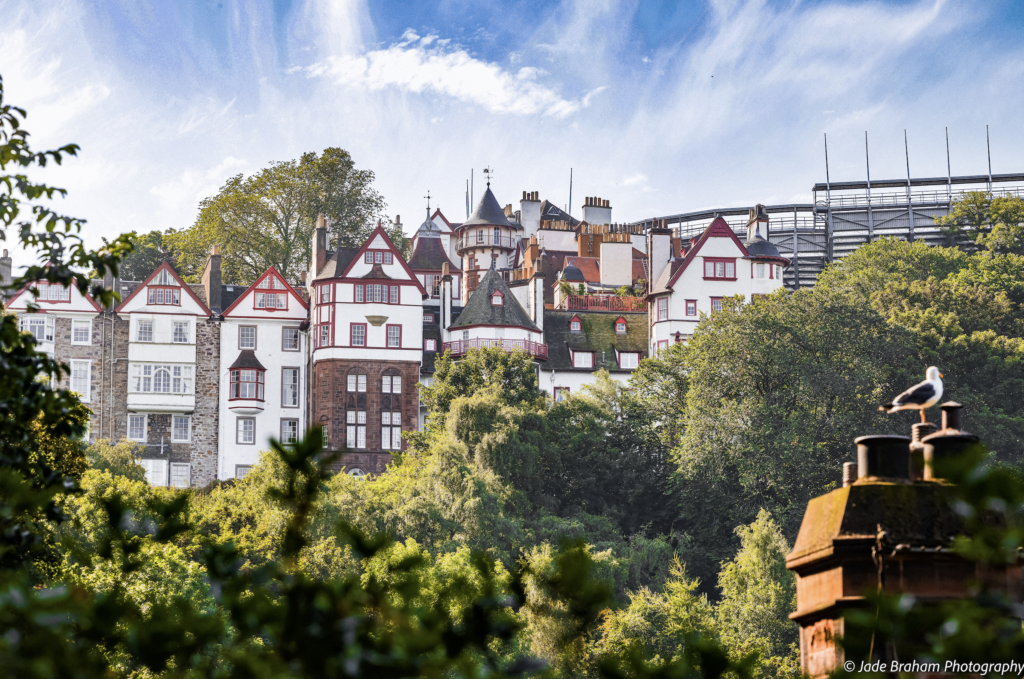
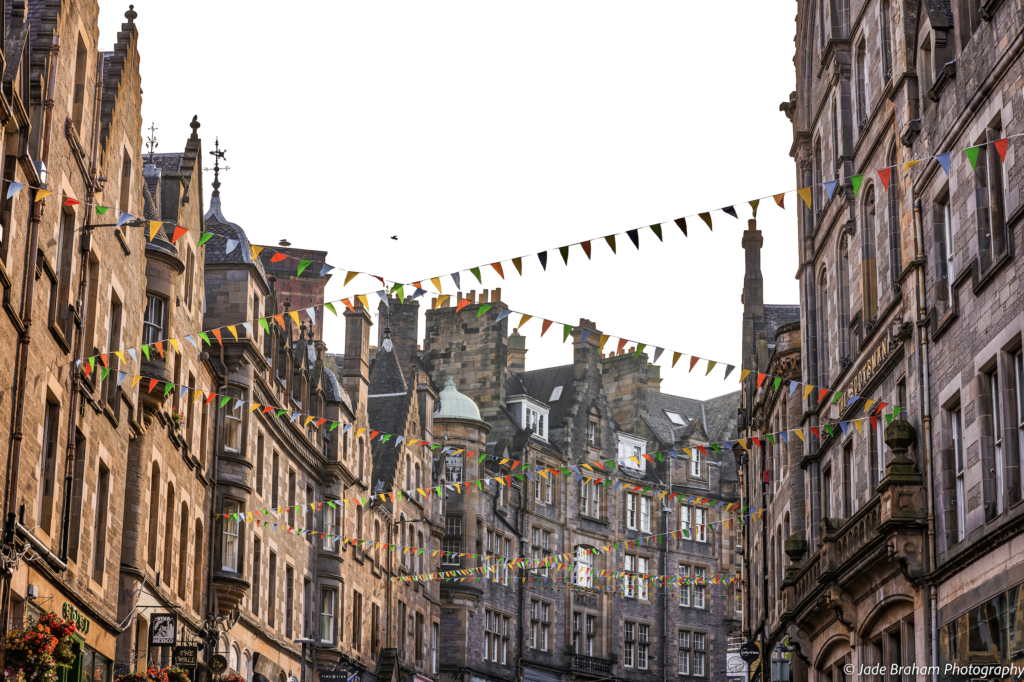
Day 1
AFTERNOON: The Royal Mile, John Knox House, Cockburn Street & Victoria Street
Start your three days in Edinburgh by walking the Royal Mile, which is actually one mile and 107 yards long and runs from Edinburgh Castle to the Palace of Holyroodhouse. Along the way, there are many attractions, shops, classy restaurants and of course, palaces and castles. You’ll also find bagpipe players, the Scottish Parliament building, Gladstone’s Land – one of the oldest buildings in Edinburgh – St Giles Cathedral, and of course, the Writer’s Museum. The easiest way to explore this road is by taking one of Edinburgh’s guided tours like the Royal Mile and Edinburgh Castle Walking Tour. From here, inspect one of the streets jutting off the main one, especially Cockburn Street and Victoria Street. Cockburn Street is very pretty with its colourful bunting and great shops like The Frayed Hem, which has a range of vintage clothing and jewellery. On the other hand, Victoria Street inspired J. K. Rowling’s Harry Potter book series and is called ‘Edinburgh’s own Diagon Alley’. Victoria Street is also the most photographed street in Edinburgh with lots of colourful shops to explore.
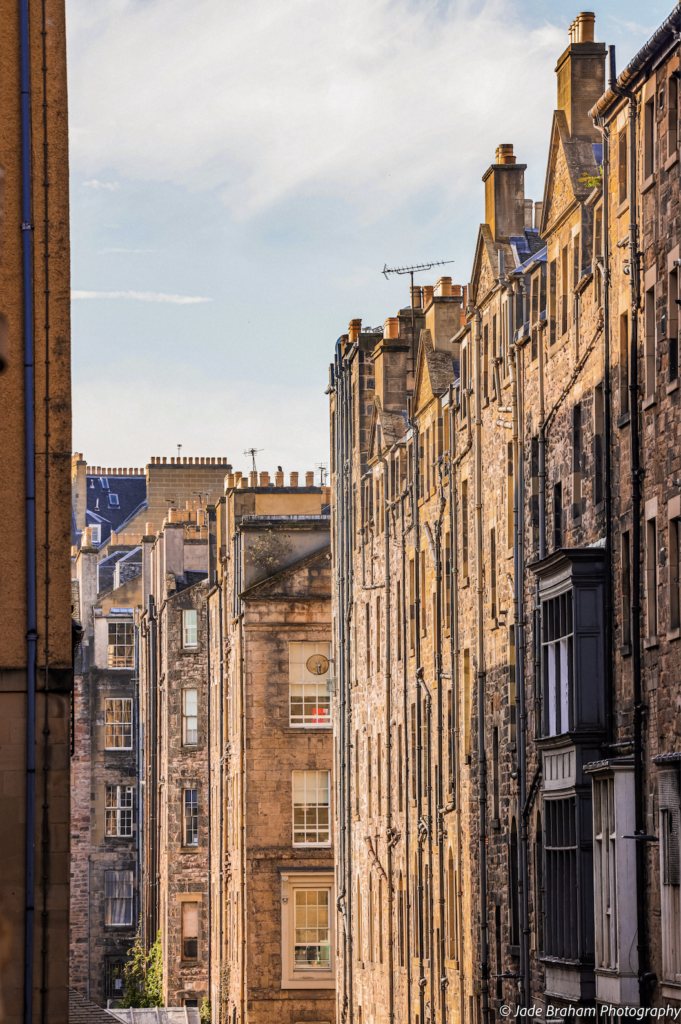
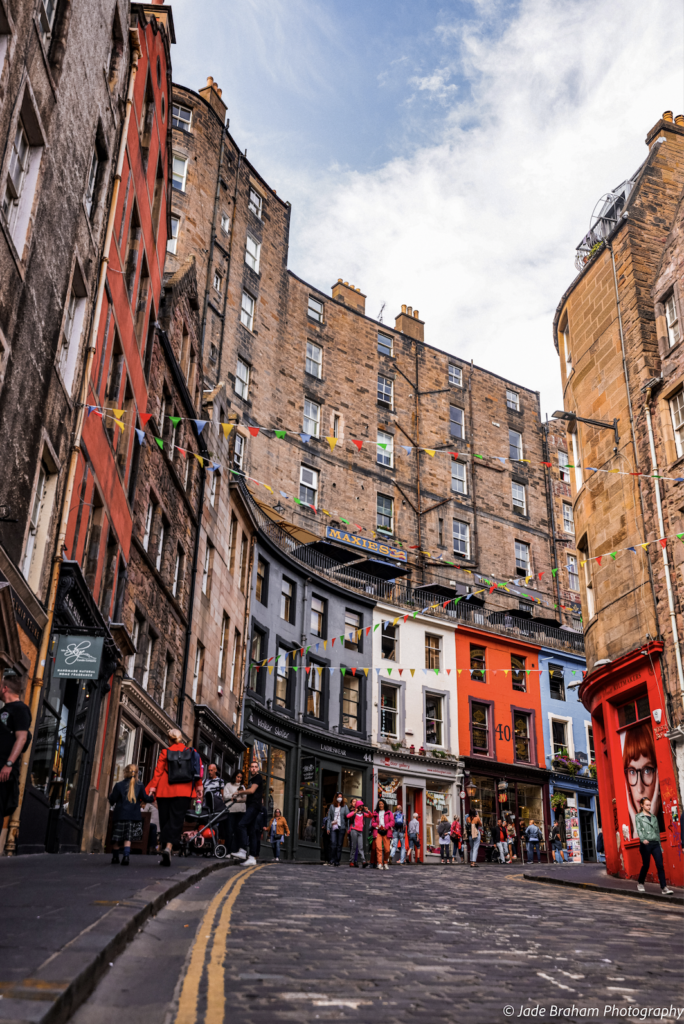
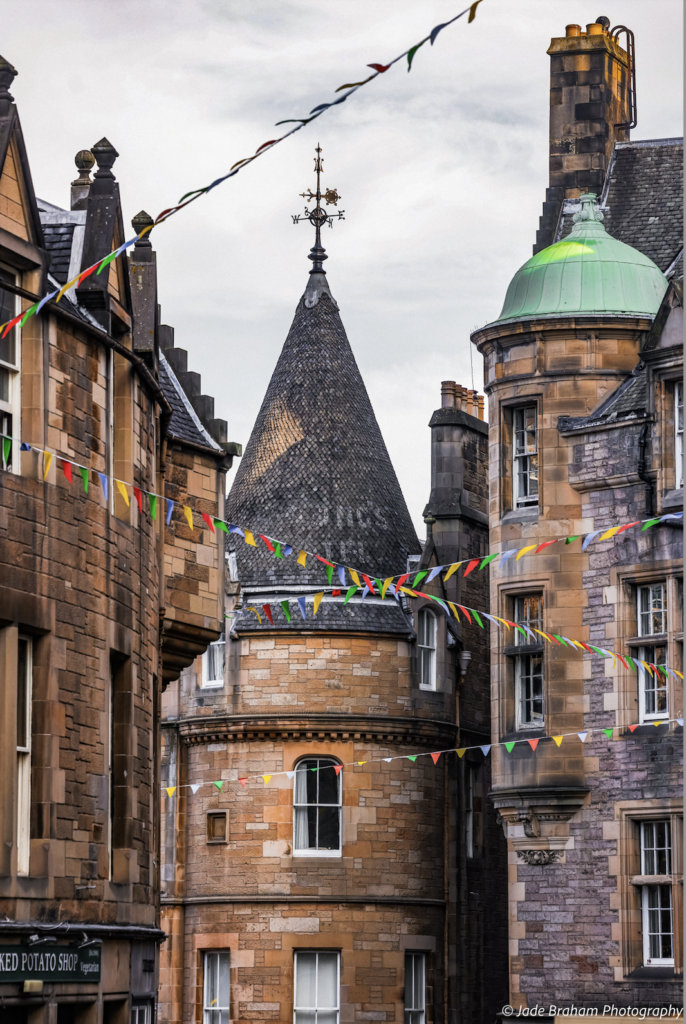
Day 2
MORNING: Scott Monument, Princes St Garden, The Vennel & Dean Village
Begin the next day by walking to the Scott Monument, one of the most unusual things to do in Edinburgh for history lovers. The monument was built in 1832 to honour the life and death of Scotland’s beloved writer, Sir Walter Scott, and here you’ll find a museum dedicated to the author and 287 steps leading to a viewing platform overlooking the entire city. The museum costs £8 for adults and is open between 10 am – 7 pm (April to September) and 10 am – 4 pm (October to March). From here, continue to Princes Street Garden which was established in 1820 and has two parks spanning 37 acres below Edinburgh Castle. The garden is free to enter and has the Ross Fountain – the park’s most significant monument – The Mound and the Gardener’s Cottage. A short walk from Princes Street Garden is The Vennel, derived from the French for ‘little street’. This offers one of the best spots for viewing Edinburgh Castle and you can find it in the Grassmarket area.
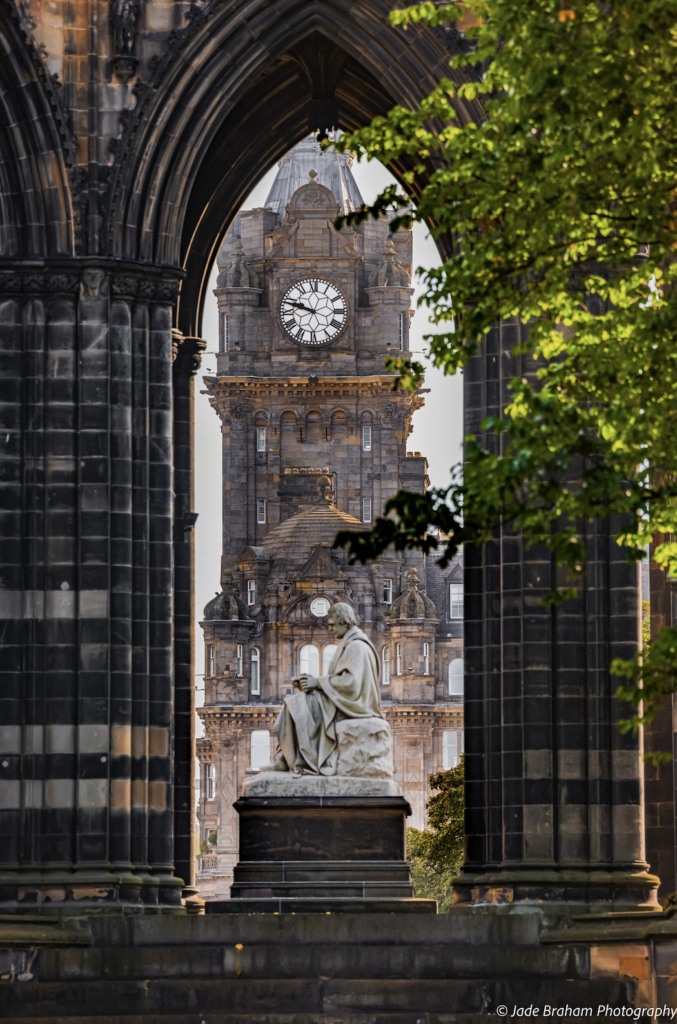

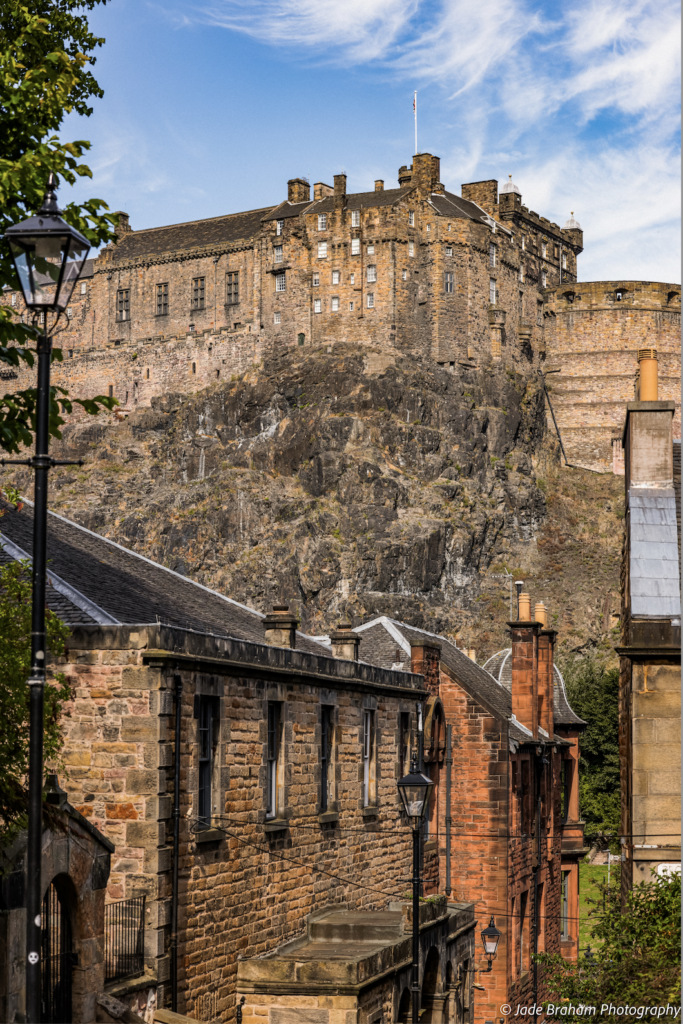
The last stop before lunch should be Dean Village. This is probably one of the best things to do in Edinburgh for photographers. The quirky, colourful buildings contrasted against the cobblestone streets and stone cottages make the Dean Village look stuck in the medieval age. This quiet oasis, which has the Water of Leith trickling through its centre, is a hamlet from around King David I‘s time in the early 1100s. For a long time, there were 11 mills here, but none exist today. But you can find their remains throughout the village, including the miller’s stone and carved stone plaques. There are cafes and restaurants along all the streets leading to Dean Village, and you’ll also find an outdoor coffee stand on the village bridge.
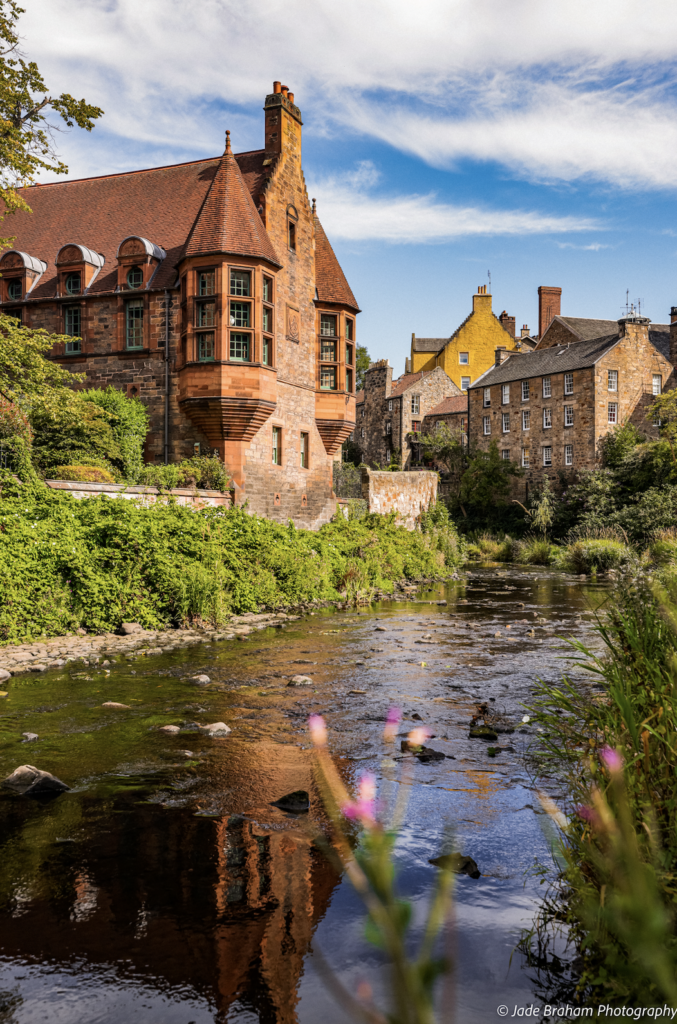

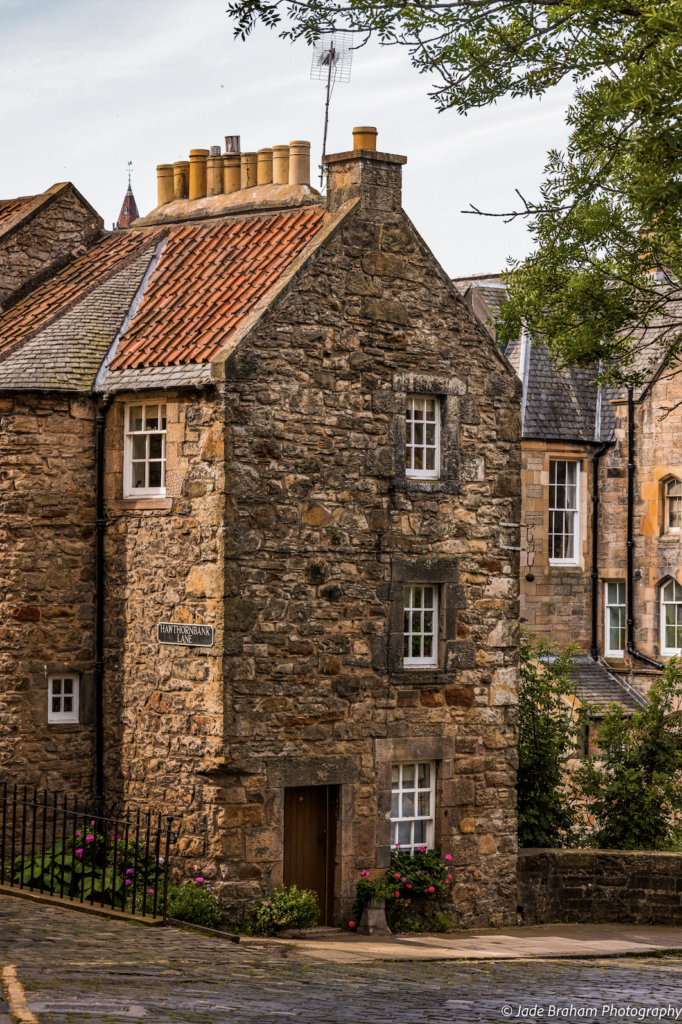
AFTERNOON: Stockbridge, The Writer’s Museum & St Giles Cathedral
After lunch, head to Stockbridge and walk Circus Lane which is the cutest cobbled street in Edinburgh with flower-covered terraced mew houses. Around twenty minutes walking from Circus Lane, following St Vincent Street, Howe Street and Frederick Street, before arriving at Princes Street and The Mound is the Writer’s Museum. This museum celebrates the lives of three Scottish literary genius – Robert Louis Stevenson, Sir Walter Scott and Robert Burns. Inside, there are rare books and personal objects belonging to each author, along with portraits, the printing press on which Scott’s Waverley Novels were produced, and a plaster cast of Burn’s skull. It is free to enter and located just off Lawnmarket at the top of the Royal Mile. Two minutes away is St Giles Cathedral, which is situated in the middle of the Royal Mile and its austere, tiered, and symmetrical facade with lofty crown steeples is unmissable! Entry is free, although a donation is suggested, and inside you’ll marvel at exquisite stained-glass windows, vaulted ceilings and uniformed archways. The cathedral has been a religious focal point for nearly 1,000 years with links to John Knox, and more recently, it was where the Scots paid tribute to our late Queen Elizabeth II.
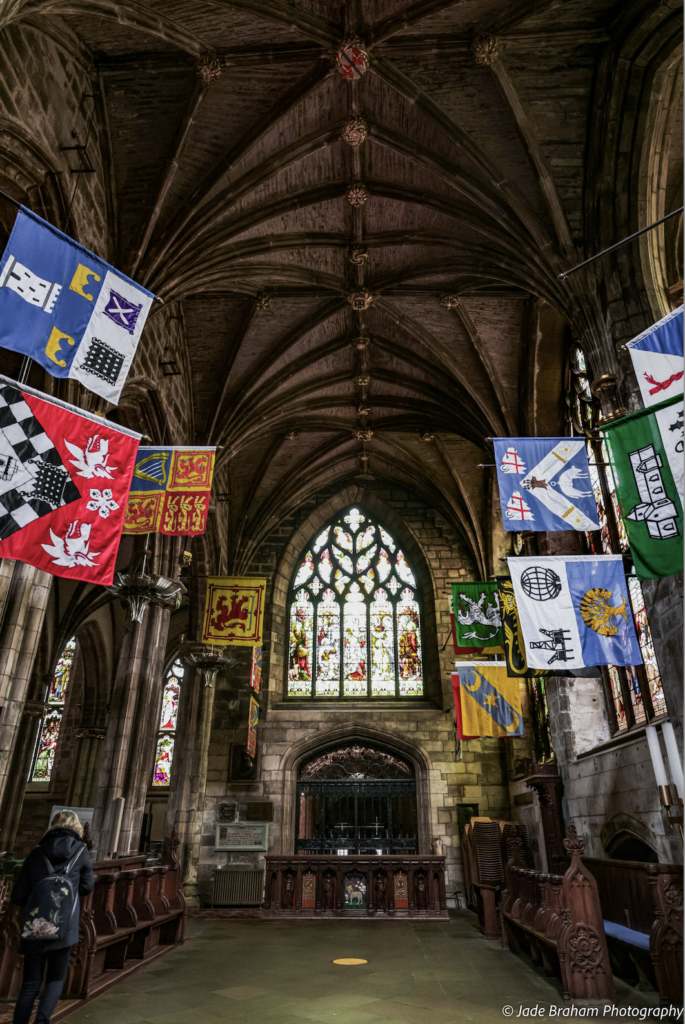
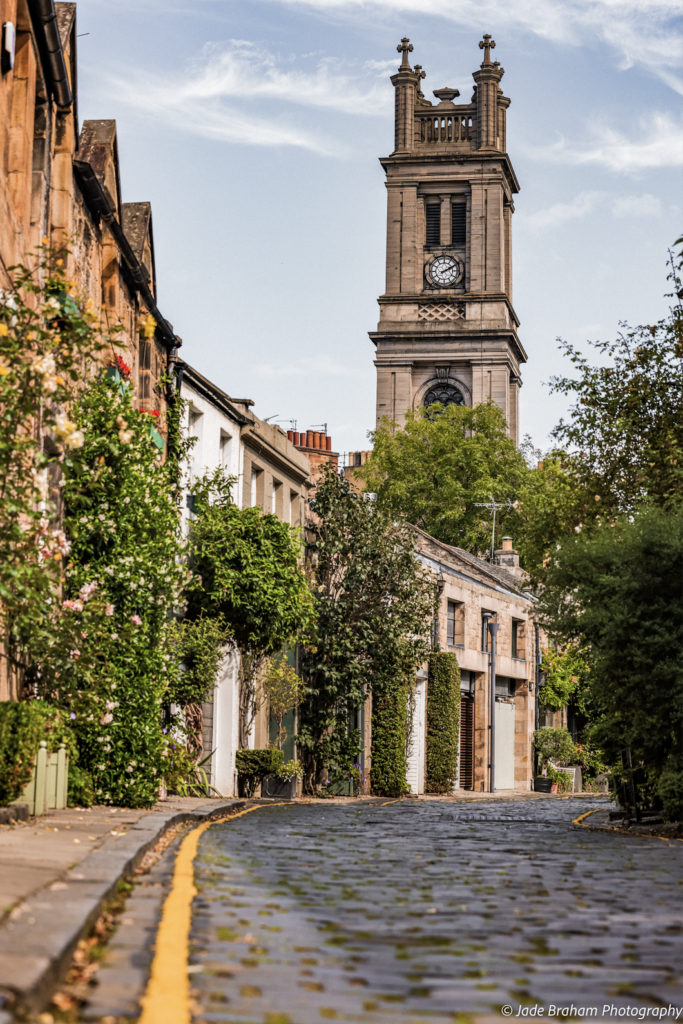

Day 3
MORNING: Bakehouse Close, Tweeddale Court & The Real Mary King’s Close
On your final morning in Edinburgh, take it easy and gently wander to Bakehouse Close, which fans of the hit TV show Outlander will recognise as Alexander Malcolm’s print shop. Once again, this is free to visit, as is the Museum of Edinburgh which is next door. The Close is one of the best-preserved historic Closes on the Royal Mile. As soon as you enter, you’ll feel transported to the 16th and 18th centuries, and nearby is Tweeddale Court. The latter is another Outlander site and at the end of its street is Tweeddale House. This was named after the Marquess of Tweeddale who was a senior advisor to King Charles II. The weathered cobblestone and stone buildings are very evocative, hinting at the unsolved murders that took place here. For example, in 1806 on the 13th of November, a young girl found the body of William Begbie who had a knife stuck in his chest and was lying in a pool of blood. To this day, no one knows who murdered him! Once you’ve finished exploring these Closes, embark on a tour of The Real Mary King’s Close which is a tour that takes you underground to Edinburgh’s historic streets. Tickets for adults are £19.50, while children cost £12.50. On this tour, you’ll be shown around by costumed guides, taking you back in time to the 16th through 19th centuries. You’ll meet families and doctors affected by the Plague, and discover which monarch was forced to stay here.
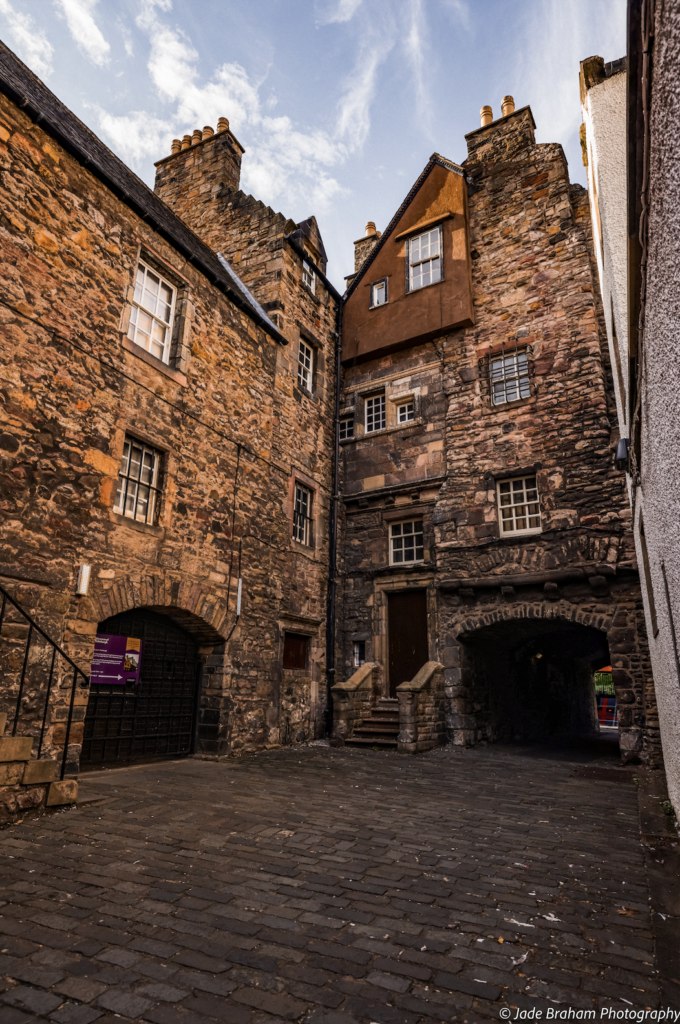
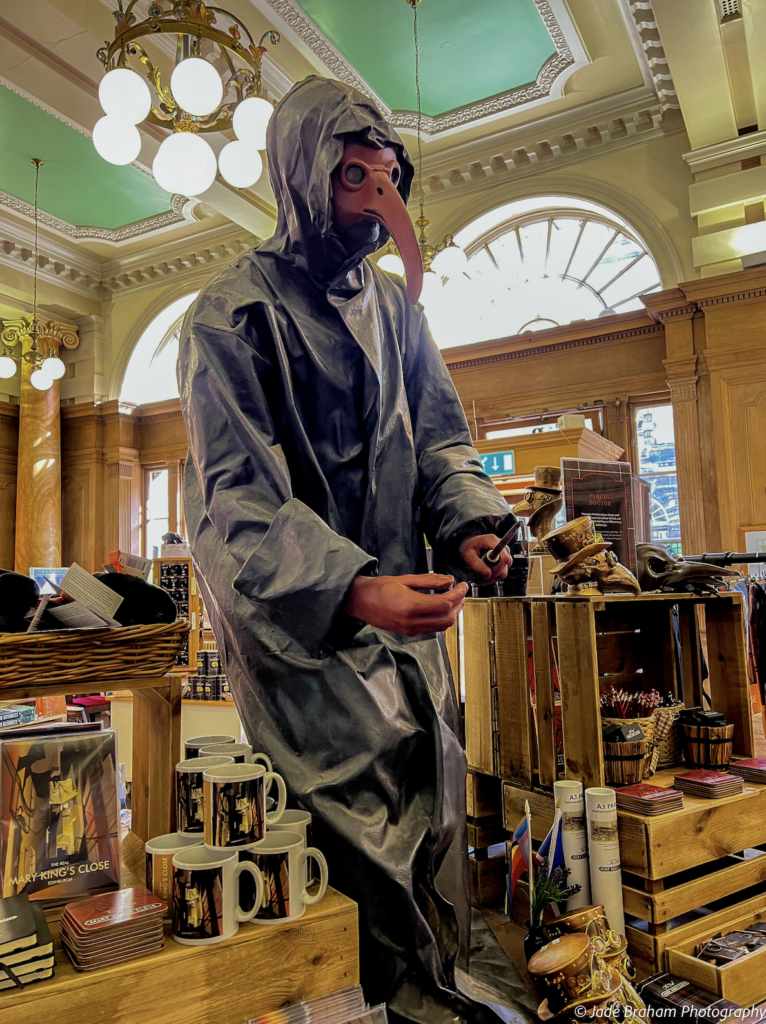
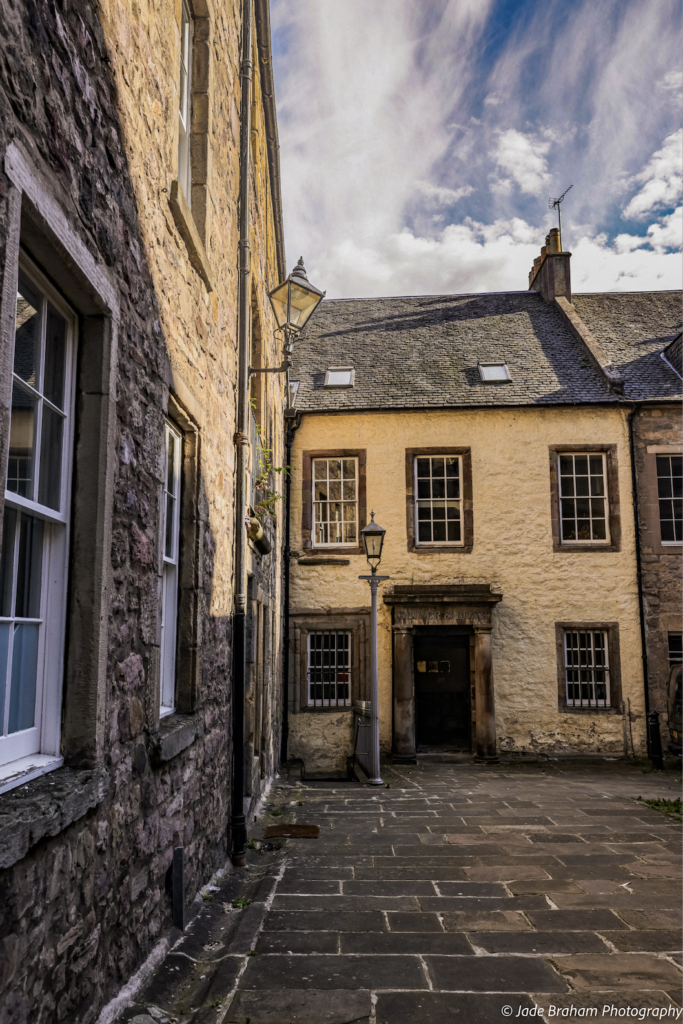
AFTERNOON: Edinburgh Castle & The Palace of Holyroodhouse
A visit to Edinburgh wouldn’t be complete without visiting its castle, which sits on Castle Rock – an extinct volcano – that can be seen from almost every part of the city. Edinburgh Castle has been dominating this landscape for centuries, and as a result, it is one of the oldest fortified buildings in Europe and the most besieged place in Britain. This makes sense since the castle has been a military garrison, a war prison and a royal residence, including the home of Mary Queen of Scots and James VI. Inside the castle, you’ll find the Honours of Scotland, which is the oldest crown jewel in the UK, and The Stone of Destiny. The latter is the symbol of the Scottish monarchy. At one o’clock, there is a gun salute in the castle grounds which dates to the 19th century. Historically, this gun salute was what the ships in the Firth of Forth set their maritime clocks by.
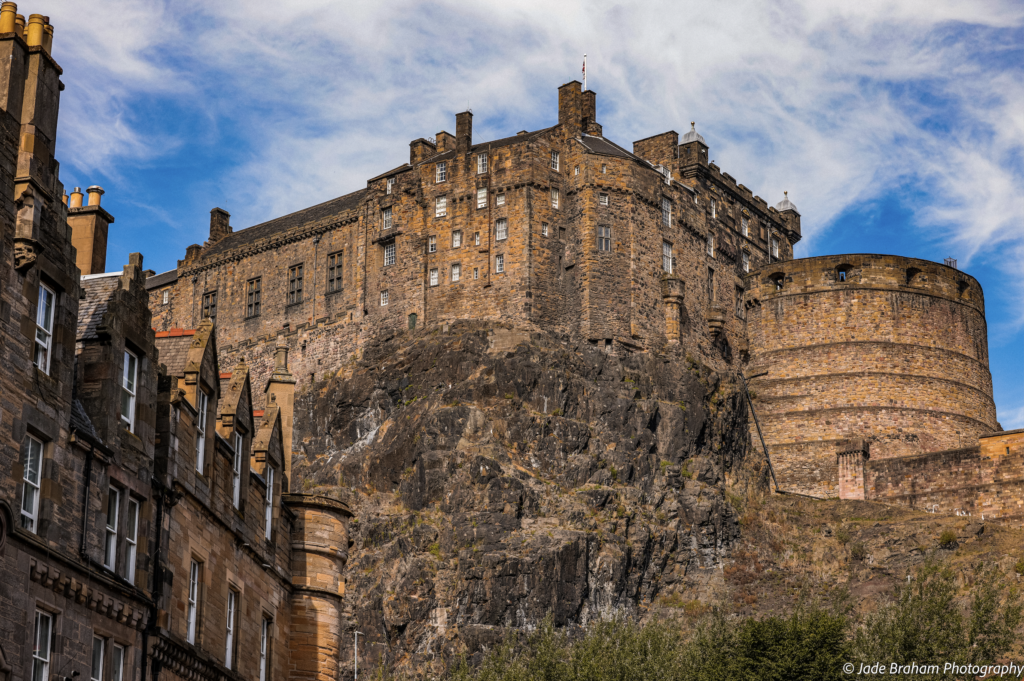
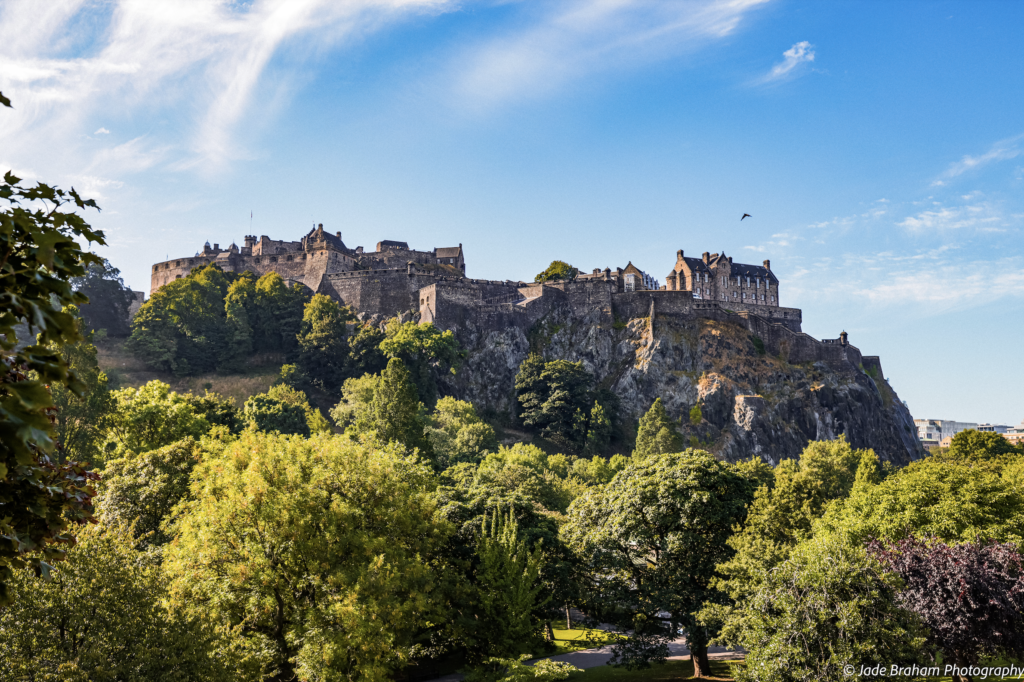
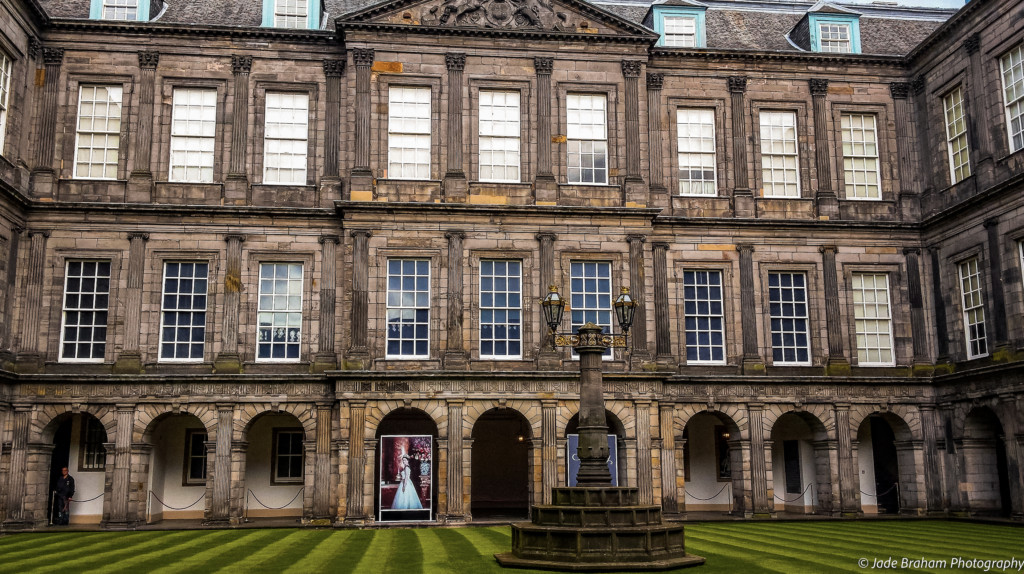
Head to the opposite end of the royal mile to find The Palace of Holyroodhouse, which has been the Monarch’s official residence in Scotland for over 500 years. The palace’s monastery was founded in 1128 by David I, and in 1501, James IV built the palace. It was here that Mary Queen of Scots spent most of her life and her private secretary, David Rizzio, was murdered in her private apartments.
final thoughts on the best things to do in Edinburgh
There you have it, a guide to the best things to do in Edinburgh. I might be biased, considering Edinburgh is my favourite city in the UK, but I think you’ll quickly find something to enjoy here. I bet, like me, you’ll want to keep coming back.
Have you been to Edinburgh? If so, what’s your favourite thing to do there?
If you’re heading to Scotland, check out my guide to Inveraray.





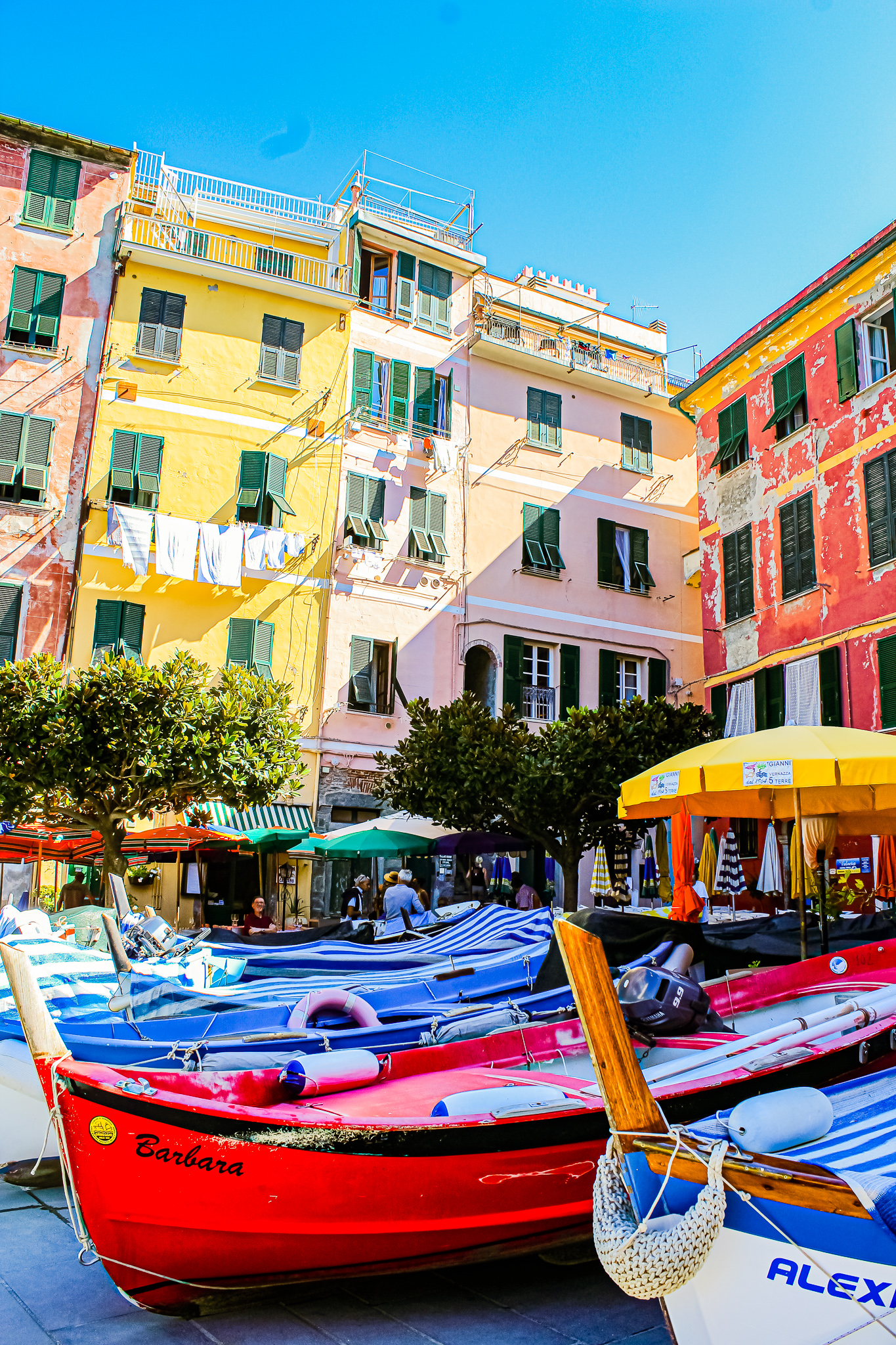
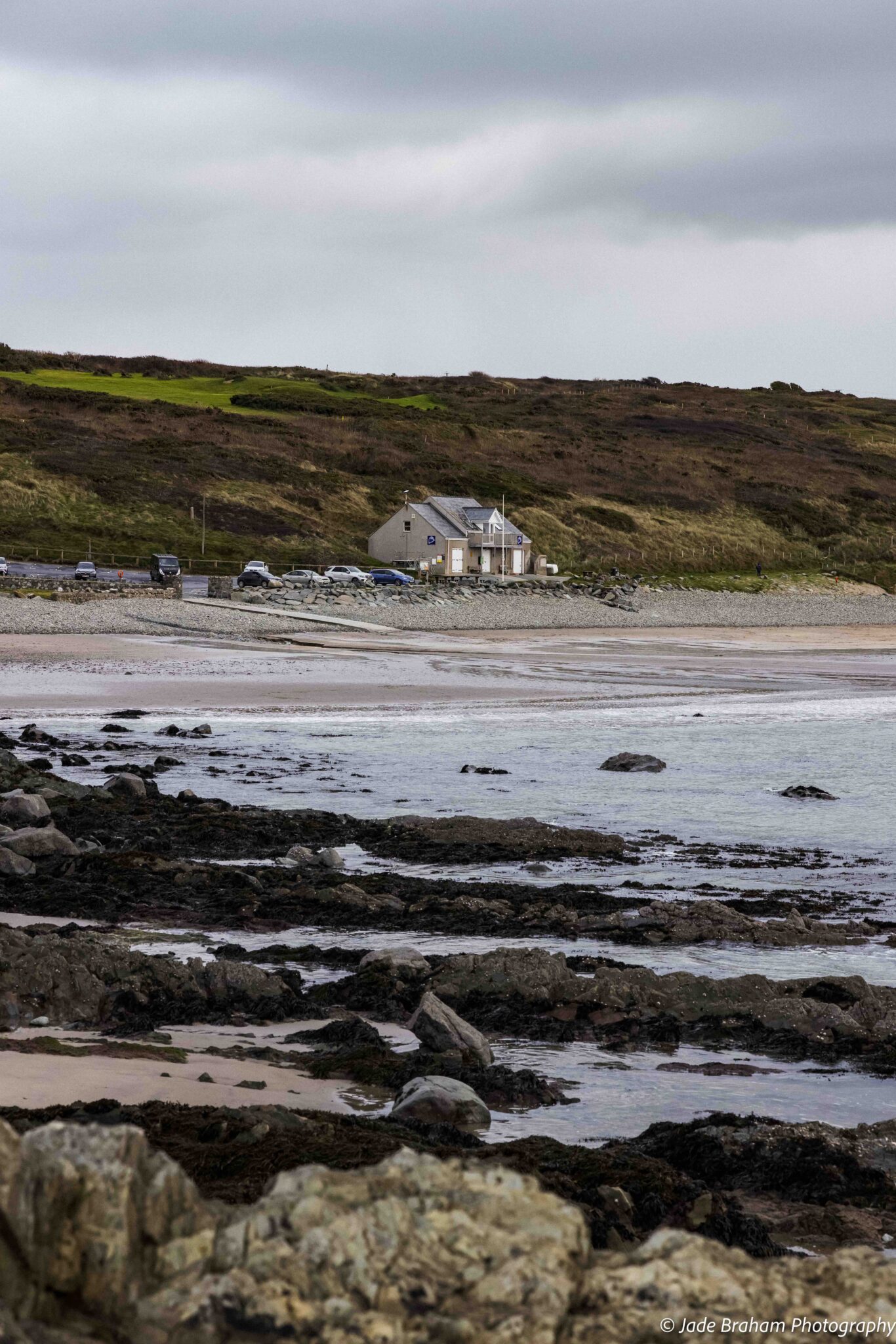
You are an exceptional photographer – your photos capture the essence of Scotland and what it means to be Scottish. Absolutely stunning!!
Thank you so much! There are a lot of cultures in Scotland that are easily visible to tourists if they open their eyes to see it!